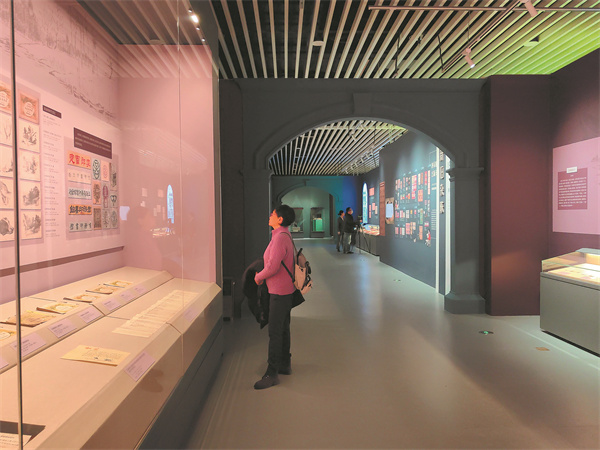

A highlight of the exhibits is a memorial to the throne from official Li Zhuohua applying for the simultaneous running of both the new education system and keju in 1907.
In the past, keju was not only an education system but also a way of selecting government officials, as successful candidates in the exams would obtain government positions. But under the new system, schools were only places imparting knowledge, severing the direct link between learning and official appointments. As a result, many people refused to enter new schools and wanted to cling to the old system. Li Zhuohua proposed this compromise approach to navigate the situation, says Li Hongbo.
Although his advice was not adopted, the file still records people's exploration in the reform of China's educational system during that time, he adds.
When fine arts subjects were added to classes, suitable textbooks were needed as important tools of education. The exhibition shows the early folk fine arts textbooks, a memorial to the throne by official Wang Buying to compile official textbooks in 1906, and the finally published official textbooks by the imperial educational ministry of the Qing Dynasty in 1909.
"At that time, various folk textbooks — some from foreign countries — were used nationwide. Wang Buying believed some of them were not suitable for China's education, and hoped to compile the official textbooks, leading to the birth of the earliest ones," says Li Hongbo.